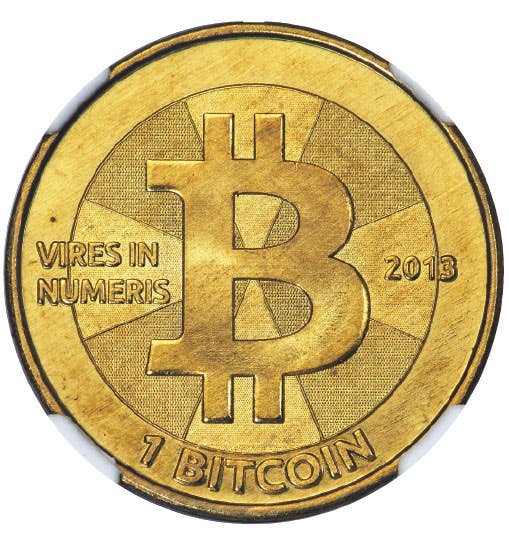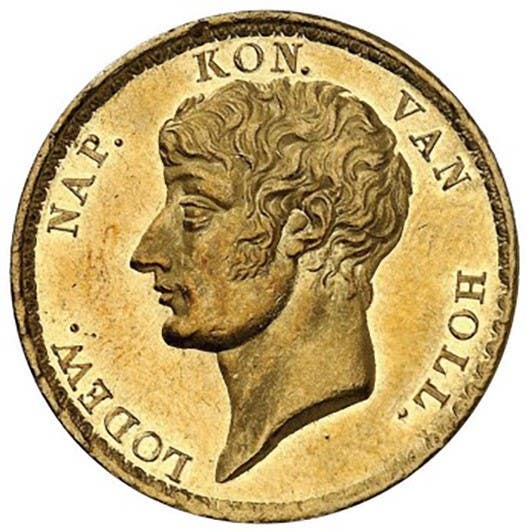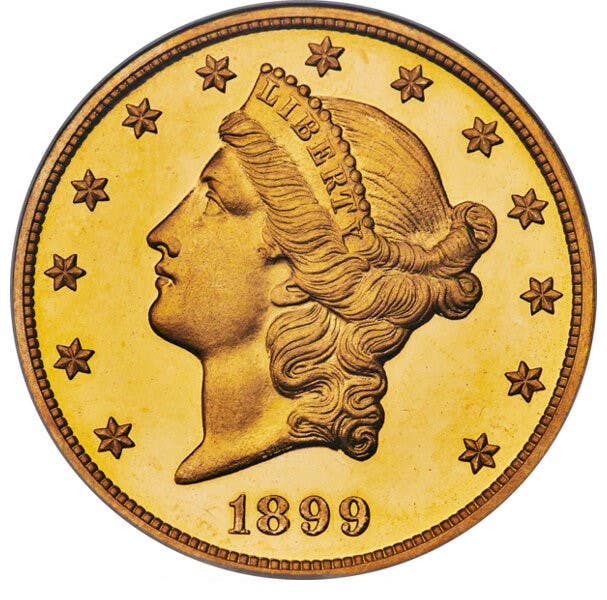1878 $3 Gold
There are some coins which are hard to describe, or understand, and the 1878 $3 gold piece is one of those coins. There may be theories, but facts explaining exactly…
There are some coins which are hard to describe, or understand, and the 1878 $3 gold piece is one of those coins. There may be theories, but facts explaining exactly why the 1878 $3 is so available are hard to determine.
The $3 gold piece was not a denomination which lent itself to large numbers of coins being available for collectors today. It was, after all, a $3 gold coin, and $3 at that time was a great deal of money for most. Some might have collected half cents but $3 gold coins were just not likely.
Additionally, there were the mintages. The $3 gold piece was not exactly found in every store in America at that time. There had been no particular need for a $3 gold coin as there was already a $2.50 gold coin.
About the best way of explaining why a $3 gold coin was approved was that interests in the West wanted any gold coin the Congress would approve. A couple years earlier the Congress had approved a 75% silver three-cent piece. The reason was to have a coin which could circulate as all other silver coins were being hoarded.
While the Congress stalled in reducing the amount of silver in the silver coins, Congress cheerfully suggested that the new 75% silver three-cent pieces were not debased silver coins but rather a public service so people would have correct change to buy stamps. The three-cent piece was actually declining in popularity when the $3 gold piece was approved but it did give the public the opportunity to have correct change for 100 stamps; although back in 1854 that was definitely unusual as needs went for the average American.
The $3 gold piece was never a major feature in the regular commerce of the day. It peaked immediately with 138,618 minted at Philadelphia. After that it had a few ups and downs in terms of mintages. 1878 was one of the few ups with a total mintage of 82,324 which makes the 1878, along with the 1854, one of the available dates.
Now let’s get real for a moment. The mintage of the 1878 hardly qualifies as available as mintages go. If there was a dime released with that mintage today there would be fights and bidding wars to obtain one example as it’s really a very low total. As a $3 gold piece, however, it’s an available date at $775 in VF-20 and $2,000 in MS-60, with an MS-65 at $10,000. And in MS-65 grade, the 1878 is actually cheaper than the 1854.
In fact, there is a reason found at the grading services. What you find in the case of the 1878 is that it is much more available than the 1854. At the Professional Coin Grading Service (PCGS) they have seen about 757 examples of the 1854 in Mint State. The total for the 1878 is 1,192 in MS-62, 993 in MS-63 and 792 in MS-64. So in each of those three grades PCGS has seen more examples of the 1878 than it has the 1854 in all Mint State grades combined.
It’s not much different at the Numismatic Guaranty Corporation (NGC) where they have seen 884 Mint State examples of the 1854 but 957 examples of the 1878 in MS-62, another 848 in MS-61 and 533 in MS-63 making the 1878 by far the more available of the allegedly available dates.
How do we explain such numbers? The answer realistically is that we cannot explain them. Certainly in his book “American Coins Treasures and Hoards,” Q. David Bowers points to a few hoards of the 1878 but the hoards involved are small, perhaps a roll of 50 examples. They are not enough even combined to equal the numbers from one grading service in one grade like MS-62.
European hoards are another possibility as the grades are what would be expected. The problem is the 1878 is a little early for Mint State examples to have ended up in Europe and more importantly there were not a lot of $3 gold coins in the hoards there. As a result, we just have not good answers but we do have a solid supply of the 1878, although often times bag-marked and usually in lower Mint-State grades.









